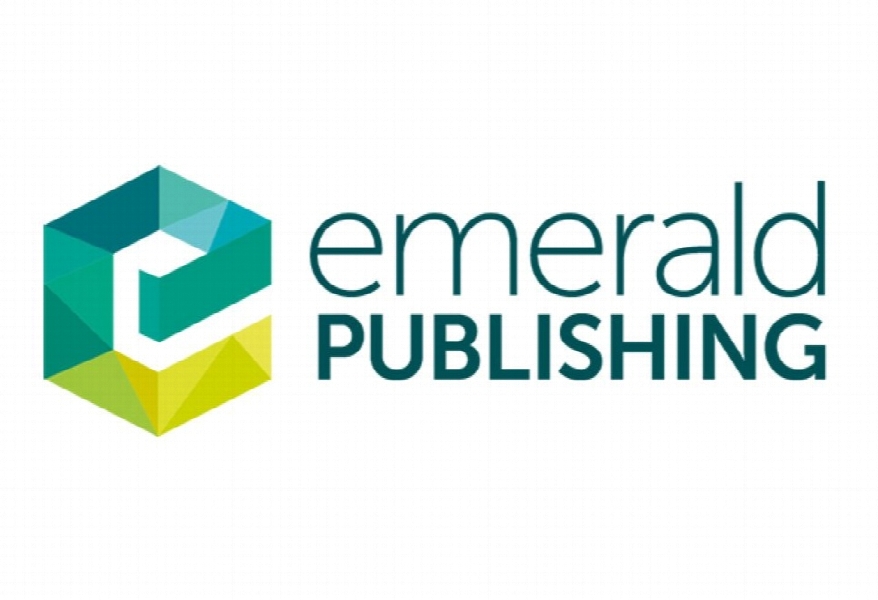حاکمیت شرکتی و انگیزه های مدیریت Corporate governance and management incentives: evidence from the Scandinavian countries
- نوع فایل : کتاب
- زبان : انگلیسی
- ناشر : Emerald
- چاپ و سال / کشور: 2018
توضیحات
رشته های مرتبط مدیریت
گرایش های مرتبط مدیریت استراتژیک
مجله حاکمیت شرکتی: بین المللی کسب و کار در جامعه – Corporate Governance: The international journal of business in society
منتشر شده در نشریه امرالد
کلمات کلیدی مدیریت استراتژیک، مدیریت شرکت، بازپرداخت شرکت، انگیزه های مدیریت
گرایش های مرتبط مدیریت استراتژیک
مجله حاکمیت شرکتی: بین المللی کسب و کار در جامعه – Corporate Governance: The international journal of business in society
منتشر شده در نشریه امرالد
کلمات کلیدی مدیریت استراتژیک، مدیریت شرکت، بازپرداخت شرکت، انگیزه های مدیریت
Description
1. Introduction Previous studies have established a key relationship between corporate governance and corporate disclosure, where corporate disclosure can be used as an effective means to reduce managerial opportunism and enhance firm performance, and thus remains as one of the most popular topics of research in the accounting literature (Elshandidy and Neri, 2015). However, there has been a continuous debate in the traditional literature between the level of disclosure and the different corporate governance attributes, such as the firm size, the leverage ratio and information asymmetry (Nerantzidis and Tsamis, 2017). Over the past decades, increasing attention has been placed in improving the accounting regulations of corporate governance and corporate disclosure, which are the prerequisites of an efficient financial market (Vidaver-Cohen and Brønn, 2015). Therefore, it is essential to update our knowledge in the subject matter. The level of corporate disclosure is found to be influenced by the national accounting standards and the international requirements in financial reporting (Colares Oliveira et al., 2016). However, these regulations may not contain stringent requirements for the financial reporting of strategic information, as some of these regulations are for guidance purposes only. When firms have the flexibility to choose their own reporting style, the level of disclosure is largely determined by the top management, which may not be always in the best interests of the public (Zeitoun and Pamini, 2015). Therefore, our findings on the level of disclosure are especially valuable to the policymakers when implementing regulations on corporate governance control. Previous research has established that corporate disclosure is correlated with various corporate governance attributes (Javaid Lone et al., 2016). However, these research results are geographically bound to the characteristics of the firms under study. Most of these findings are based on the US data, while there is an increasing need to examine the relationship between corporate governance and corporate disclosure elsewhere (Kang et al., 2007). The motivation of this research is to examine a combination of a set of corporate governance attributes on the level of disclosure using a sample of listed companies in the Scandinavian countries.


